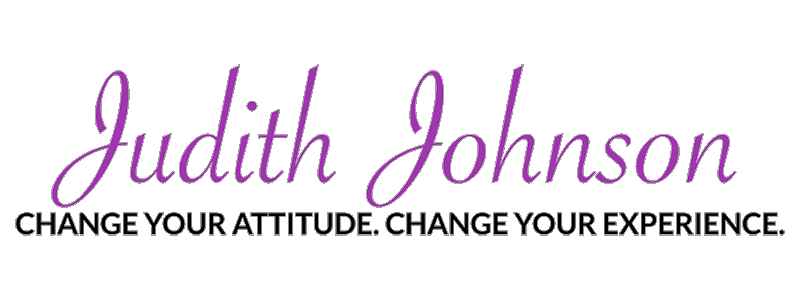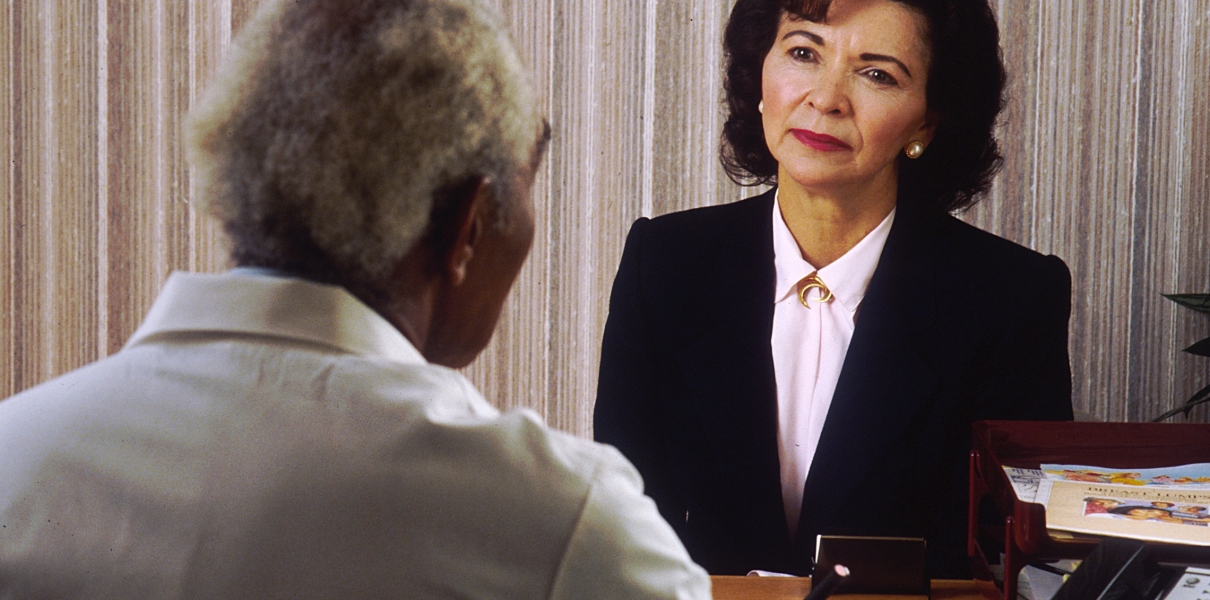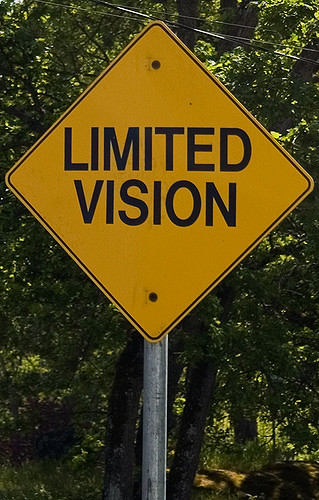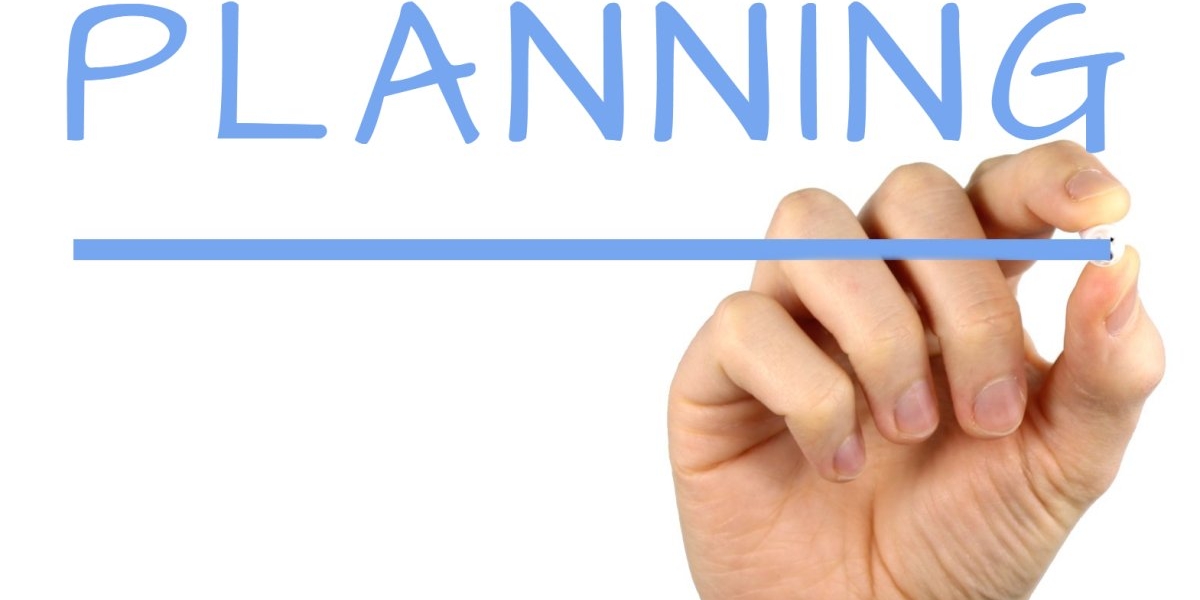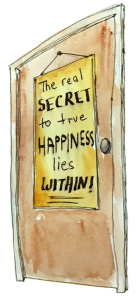Are you caught in a web of stinking thinking, or are your beliefs the bedrock of your success and happiness? If you want to know why you are happy or not, take a good look at your most fundamental beliefs about yourself. Do you believe that you are the kind of person who is:
- Worthy and capable of happiness and success?
- Unlucky in love, life, business, and/or health?
- In need of proving yourself to others?
- Blessed with wonderful talents and abilities that you enjoy sharing?
Do you believe that it is someone else’s fault if you are unhappy or not making your dreams come true? Do you run an ongoing inner commentary of your judgments of everyone else and what they do that doesn’t agree with how you imagine you would approach the situation? It is so easy to fall into these traps and not even realize it.
There are five keys to moving out of negative thought patterns and into the territory of greater happiness and success:
- Get really fed up. That may be a surprising key, but think about it. Until you are really sick and tired of being sick and tired of how things are going in your life, you are not likely to reach the point of doing anything about it.
- Choose to hold yourself accountable. Stop blaming other people and circumstances for your negative thoughts, feelings, and experiences. Embrace the fact that it is not only you who is responsible for what you are currently creating, promoting, and allowing in your life, but you are the only person who has the power to change the direction of your life. Sure, you might be inspired by someone else, but you are the captain of your own ship and will either continue to repeat the same negative patterns on autopilot, make a half-hearted effort to change, or you will one day recognize the power you have to change it all.
- Excavate your most fundamental beliefs about yourself. Get intimate with yourself and be ruthlessly honest about how you really feel about yourself. Start with the questions at the beginning of this article and probe deeper with your own inquiries until you are satisfied that you are looking at the truth about how you see yourself.
- Change your mind about yourself. I know, easier said than done — but this will not happen without your intention and commitment to set yourself on a healthier and happier course. Do you treat yourself like someone who deserves to be loved, honored, and cherished? If not, why not? How would your life be different if you actually treated yourself in this way?
- Be willing to fake it ’til you make it. Change doesn’t happen overnight, and habitual negative patterns of behavior will persist until you stop investing in them. So starve them off and fan the fire of a new and uplifting way of seeing yourself.
Neuroscientists have helped us to understand our freedom and adaptability to changing our individual and collective beliefs and behaviors. Simply put, repetitive thoughts form neural pathways in our brains, as neurons that fire together get wired together. These pathways become like superhighways — the autopilot route traveled. Unless we challenge our thought patterns, they become an unconscious “truth” we live by. The good news is that our brains have the ability to change our synaptic wiring. This “neuroplasticity” enables us to question and change our way of being for better or worse both as individuals and as a society. Use this information to your own advantage by rerouting your superhighways if they aren’t taking you where you want to go.
It is also important to be willing to consider that just because you believe something doesn’t make it true. In reality, most of our beliefs are inherited from other people — parents, religious leaders, teachers, our culture, etc. For example, in my current work to help transform the culture of death in America, I speak and write about the fact that we are taught to fear death and to consider it something that shouldn’t happen. This belief is deeply imbedded in our cultural response to death, and is the cause of much of the pain and suffering experienced in relationship to death. In contrast, those who have achieved some level of existential maturity about the normalcy of death and accept its reality are not only spared the suffering associated with denying and resisting death, but are free to consider other ways of relating to death. For example, they may find life itself sweeter and more precious knowing that time is limited.
Another consideration is the fact that many of the conclusions we reached about ourselves as children or the defense mechanisms we put in place in reaction to those things we couldn’t handle as kids have remained unchallenged autopilot settings of our adult behavior. It is always a good idea to do some spring cleaning in your mind — especially if you are unhappy, feeling hopeless, falling into addictions, or otherwise decreasing your health and vitality. Sometimes you just need to update your software.
Be patient with the process of change. You may have to just keep going deeper until you get to the real root of why you believe what you do. Many years ago, I worked with a woman who was always blaming and judging others for her constant state of depression and misery. Other people, and especially her “friends,” were perpetual sources of disappointment for her. They never seemed to measure up to her ideal of how they “should” behave, which was of course how she would do things — “the right way.” She had no tolerance or appreciation for the nuances of life. Everything was either “right” or “wrong.” Ironically, those behaviors she disapproved of were always where she was placing her focus and expending her energy in resistance and judgment. No wonder she was always so disappointed, disapproving, and disconnected until she finally learned to hold herself accountable for her unhappiness.
It can be humbling to admit our own culpability for our unhappiness, but it’s the only path to personal liberation. Greater happiness awaits — so eat a little humble pie and get on with it! You have the power to believe your heart’s desires into existence.
If you would like to know more about me and my work, please explore my website here.
Also, if you know anyone who might get value from this article please email or retweet it or share it on Facebook.
